Why is it important to make a frugal monitoring device for premature babies?
Some figures
Goal 3 of the United Nations sustainable development goals is to ensure healthy lives and promote well-being for all at all ages. One of the targets for this is to end preventable deaths of newborns and children under 5 years of age by 2030. In particular, one aim is for all countries to reduce neonatal mortality to at least as low as 12 per 1,000 live births. In 2015, the UN Inter-agency Group for Child Mortality Estimation estimated an average number of 21 per 1000 neonatal deaths in developing regions. In comparison, developed regions have on average 3 neonatal deaths per 1000 live deaths. Overall, neonatal deaths account for 45% of under-five mortality worldwide. [Child Mortality Report (2015) ]
In 2010, complications of preterm birth were identified as the single largest direct cause of neonatal deaths, responsible for 35% of them. They are also the second most common cause of under-five deaths, after pneumonia. As such, both the reduction of preterm birth and the mortality reduction among babies born preterm are essential issues in the pursuit of the United Nations sustainable development goals. [Born too soon (2012) ]
Preterm births and possible complications
In 2012, a collective of organisations has published Born Too Soon , a global action report on preterm birth. While the figures cited need updating, the trends observed show that the described phenomena and problematics still stand.
Preterm births are defined according to gestational age, the measure of the duration of a pregnancy as the time elapsed since the woman's last normal menstrual period. Babies born alive before 37 weeks of gestational age are preterm. Below 32 weeks, babies are labelled very preterm (about 10% of all preterm births) and below 28 weeks, extremely preterm (about 5% of all preterm births).
Of the 15 million children born preterm each year, only one third have access to full intensive care or neonatal care units. The remaining babies are either born and cared for at home (5.6 million) or are born in health facilities that face limited space, staff and equipment. Very and extremely preterm children, of course, require the most care. Therefore, they have the highest mortality rate in low- and middle- income countries. However, even babies born after 32 weeks of pregnancy face specific challenges.
Preterm babies have higher risks of hypothermia, hypoglycemia, hypoxia, feeding difficulties, severe infections, respiratory issues, jaundice, brain injuries, retinopathy and anaemia. Some of those issues can be addressed easily with the proper training and low-cost material. For example, Kangaroo Mother Care, a skin-to-skin technique of newborn care, helps keep the baby warm enough. Overall, it was estimated in 2012 that 3 out of 4 neonatal death linked to preterm complications could be avoided even without access to neonatal intensive care services.
Existing baby monitors: reassure the parents
There are already a number of monitors for newborns on the market. Most of them are not specifically fitted to preterm babies' needs. They are also designed to reduce parents' fears and give them a feeling of control rather than addressing an actual medical need. Most work with a mobile tracking app and possibilities for integration of other smart devices. They keep track of a range of markers from the most useful like temperature to the most accessory like room light levels. In addition to this, their price range -minimum 100$- and format -some require constant new purchases as the baby grows- make it clear that they target high-income populations.
There is, however, one device worthy of attention in the context of preterm death in low- and middle-income countries: Bempu is a bracelet that constantly measures the body temperature of the wearer. It is intended for preterm babies and other newborns with complications. It does not rely on a mobile...
Read more » Emma Barme
Emma Barme


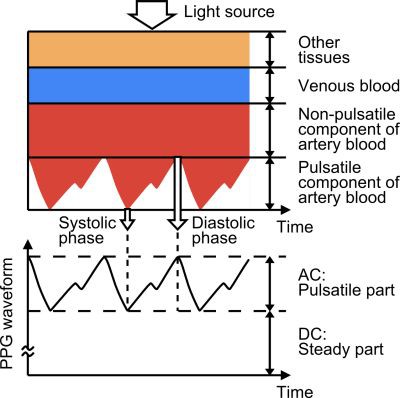
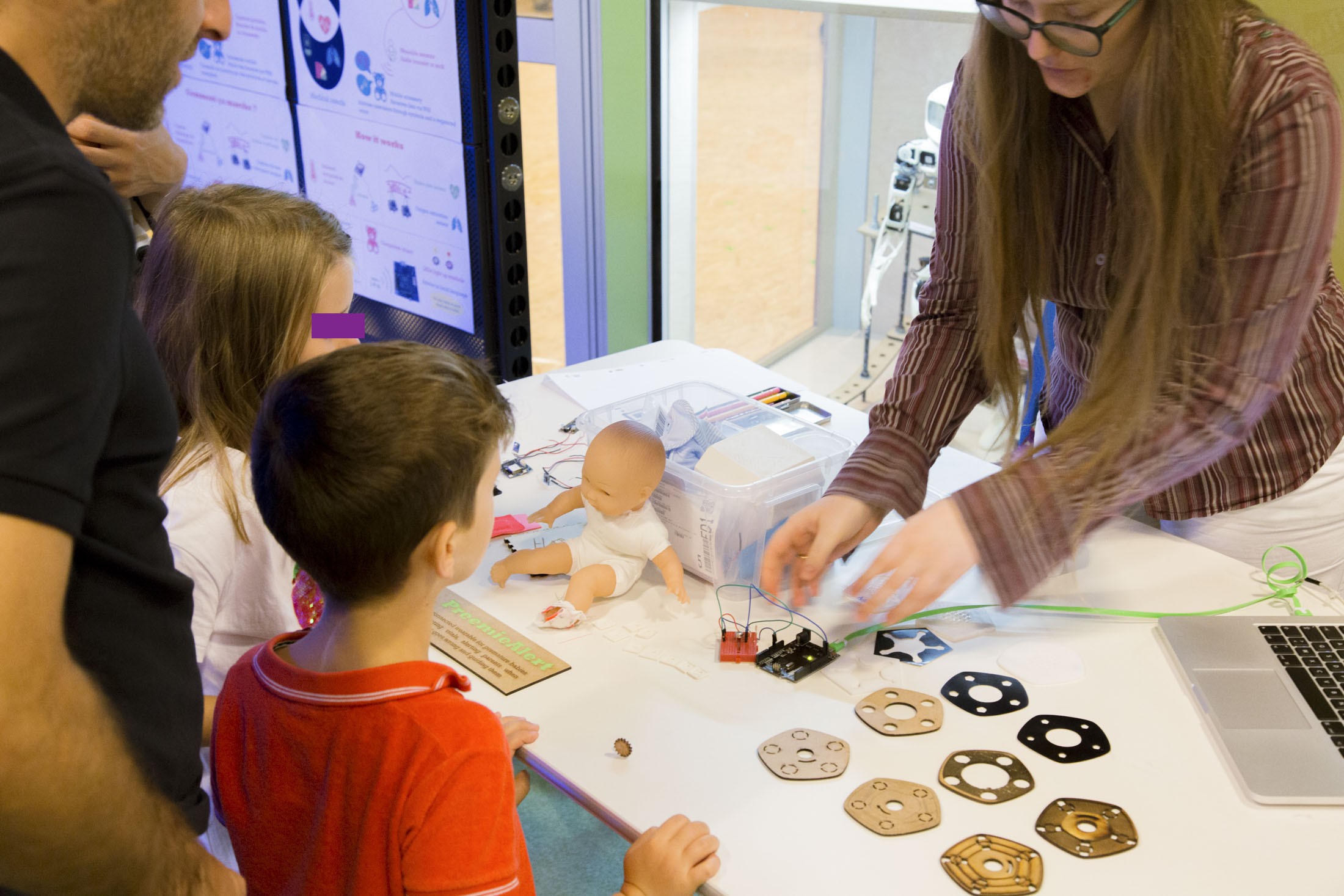
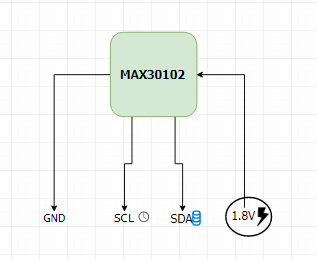
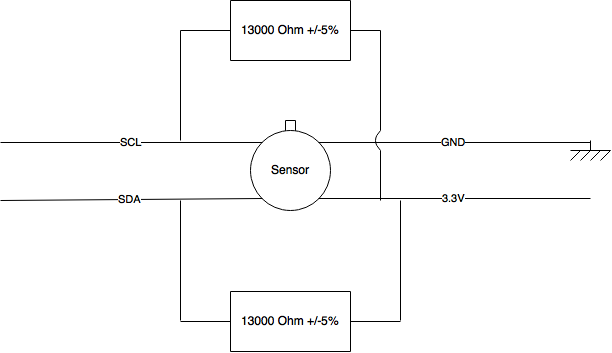
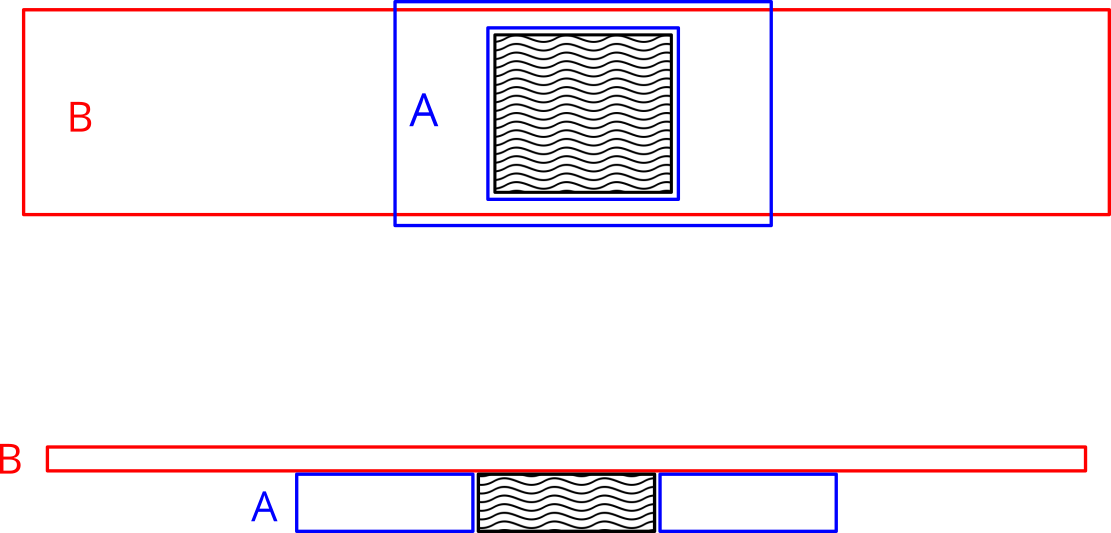
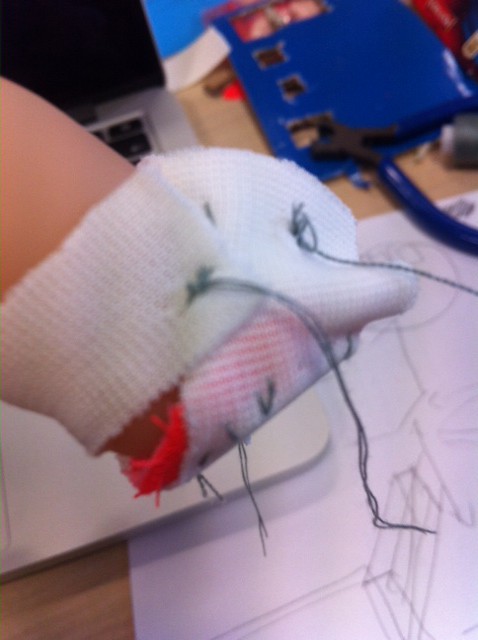
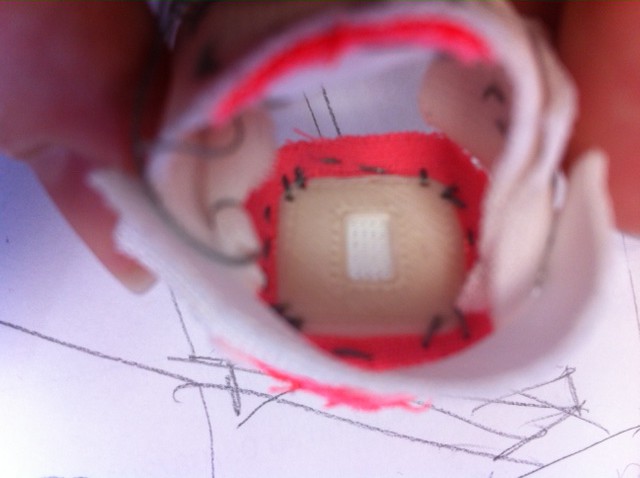

 Shu Takahashi
Shu Takahashi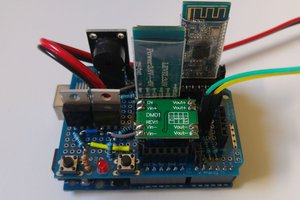
 Arik
Arik
 Maria Fernanda Casanello
Maria Fernanda Casanello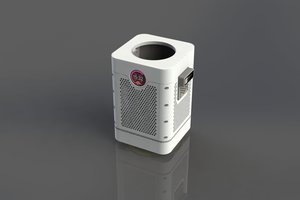
 Nikola Secerovski
Nikola Secerovski